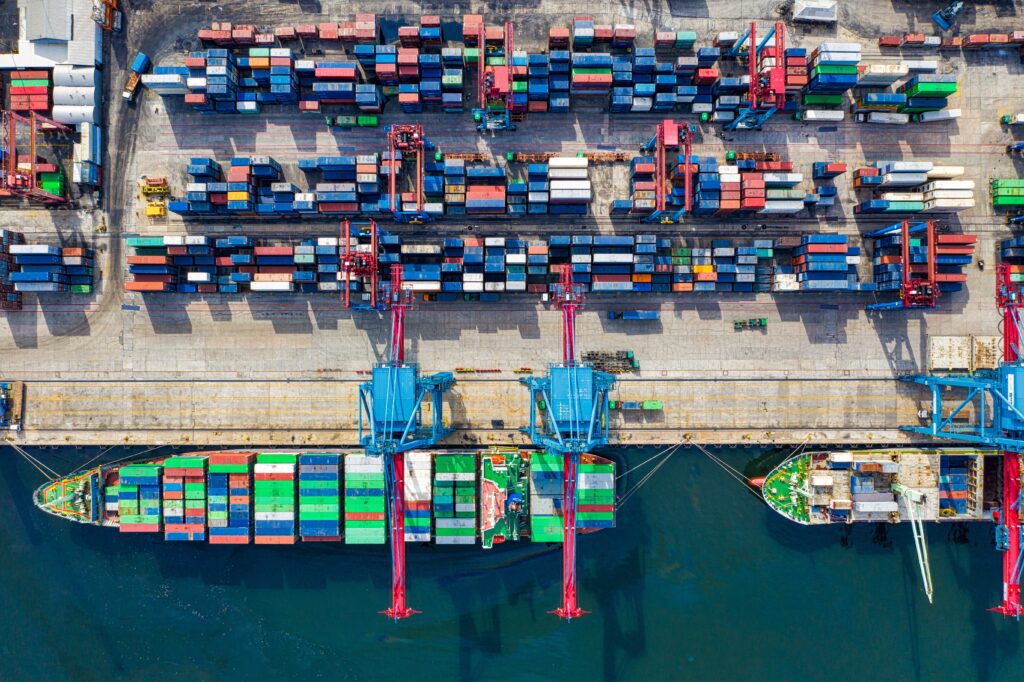World Hunger – Global Food Crisis – How to move forward?

World Hunger – Food Crisis – Causes
World Hunger – Global Food Crisis-How to move forward? 2022 is the year of the World Food Crisis. The crisis is a result of climate change, drought, and other factors. The World Food Program is expecting the number of people in need of food to reach 9.3 billion by the end of the year. The crisis is affecting all parts of the world, with the poorest countries experiencing the most severe consequences. There is a lot that can be done to prevent the crisis from becoming worse, but it will require a concerted effort from the international community.
The crisis has already caused mass displacement and forced migration, and it is likely to continue to do so in the years to come. There are several ways in which the international community can help alleviate the crisis. The World Food Program is doing its best to respond to the crisis, but more needs to be done.
The COVID-19 Pandemic for 2 years has taken its toll on World Food Production and Circulation. Adding to this, the Russian Invasion of Ukraine has worsened the impact. About 1 in 10 of the World Population will face hunger in 2020, according to UN estimates. Worse is to come post-2022
Find below a report from Al Jazeera
World Hunger – UN Estimates on the Crisis
Hunger and conflict are inextricably linked; as one worsens, the other usually follows. The poorest and most vulnerable people are the ones who suffer the most in any crisis, and in our globalized society, the effects of this conflict will be felt across continents.” These are the remarks of Gilbert Houngbo, the former Prime Minister of Togo who is currently the President of the International Fund for Agricultural Development (IFAD) of the United Nations (IFAD).
The conflict has crippled the supply of corn, wheat, and sunflower oil. The shortage has made prices skyrocket. Ending hunger is the second of the UN’s 17 Sustainable Development Goals to be achieved by 2030.
According to UN estimates – roughly 70 million to 161 million more people faced hunger in 2020 than in 2019.
The World Bank plans a comprehensive global response to overcome the food crisis. It is planning to spend $ 30 billion on various projects. The projects include Agriculture, Nutrition, Social Protection, water, Irrigation, food, and Fertilizer production.
“When one escalates, the other usually follows. The poorest and most vulnerable people are the ones who suffer the most in any crisis, and in our globalized society, the consequences of this conflict will be felt across continents.” These are the remarks of Gilbert Houngbo, former Prime Minister of Togo and current President of the International Fund for Agricultural Development (IFAD) of the United Nations (IFAD).

World Hunger – Effect of the Ukraine Conflict
The Ukraine conflict is having a significant impact on food prices. The conflict has disrupted food production in the region and has driven up food prices. The price of wheat, corn, and other food staples has increased by 30 to 50 percent in some cases. The conflict has also caused a decline in agricultural exports, which has led to a rise in food prices. The conflict has also increased demand for food worldwide, which has driven up food prices. The conflict is likely to continue to affect food prices for the foreseeable future.
Although global food supplies remain favorable, food prices have increased due to the input prices going high. Since the transport costs have also increased and the Ukraine war prices of imports have risen sharply. The hardest hit by these are the poor and developing countries which depend heavily on imported supplies.
As of May 19, 2022, the Agricultural Price Index is up 42% compared to January 2021. Maize and wheat prices are 55% and 91% higher, respectively, compared to January 2021, while rice prices are about 12% lower. (See the data for agricultural commodity and food commodity prices indices, updated monthly.)
As per the World Bank’s April 2022 Commodity Markets Outlook, prices will keep getting higher until the end of 2024
World Hunger – World Bank Support to handle the crisis
The World Bank announced actions it plans to take as part of a comprehensive, global response to the ongoing food security crisis on May 18, including up to $30 billion in existing and new projects in agriculture, nutrition, social protection, water, and irrigation.
A few projects to show how the World Bank supports
In Bangladesh, a Livestock Dairy Development initiative created an Emergency Action Plan that offered US$87.8 million in cash transfers to 407,000 vulnerable dairy and poultry farmers to support their enterprises. Personal protective equipment, farm equipment, and improved veterinary services were also covered by the funding, which included the purchase of 64 mobile veterinary clinics.
The Resilient Productive Landscape project in Haiti raised emergency funds to enable over 16,000 farmers to gain access to seeds and fertilizer, ensuring production for the next two crop seasons.
In India, women’s self-help groups mobilized under the World Bank-funded National Rural Livelihoods Mission to meet mask and sanitizer shortages, run community kitchens and restore fresh food supplies, provide food and support to vulnerable and high-risk families, provide financial services in rural areas, and disseminate COVID-19 advisories. These self-help groups, which have been in existence for 15 years, draw on the expertise of over 62 million Indian women.
The World Bank-supported, GAFSP-funded Agricultural Productivity, and Nutrition Improvement Project in the Kyrgyz Republic, which focuses primarily on improving water infrastructure and developing the capacity of water users’ associations (WUAs), distributed US$1.1 million in agricultural inputs such as seeds and fertilizer to vulnerable populations through 30 projects WUAs.
2022 World Food Crisis – Implications for Business
The world faces a food crisis in 2022, with over 1 billion people facing food insecurity. The crisis will have a significant impact on businesses, as demand for food will increase, and prices will rise. To prepare for the crisis, businesses should:
1. Increase production of food

Most food crops are grown in soils that have been modified by man. These soils have been amended with organic matter, lime, and fertilizer. The main purpose of these amendments is to increase the production of crops. Many methods can be used to increase the production of food crops. One method is to use a better seed. A good seed has a higher yield and is less likely to be damaged by pests and diseases. Another method is to use better growing techniques. These techniques include using irrigation, using cover crops, and using crop rotation. The use of modern technologies has led to increased production of food crops. However, there are limits to the amount of food that can be produced using these technologies.
2. Increase efficiency in food production

Manufacturers of food and beverages face several difficulties. To stay relatively competitive, aim to reduce manufacturing and supply chain costs (logistics), achieve optimal delivery efficiency, and meet a variety of regulatory requirements.
3. Invest in new food technologies

Companies should use technology to improve the production of food and its shelf life.
4. Develop new food products

Every year, over 15,000 new food products are introduced. The failure rate, on the other hand, can be as high as 90%. It takes an average of two years to produce a new food product. Food scientists, food engineers, and marketing professionals are all part of a larger company’s product development team.
Screening, feasibility, test marketing, and commercialization are all steps in the process. A detailed study on this is available at Kansas State University’s Value-added Food Lab.
5. Improve food storage and distribution

After harvest and early in the supply chain, 40 percent of food loss occurs in developing countries. This equates to more than $310 billion in annual food waste and loss, owing primarily to insufficient refrigeration and an unpredictable and expensive electricity supply.
Food loss has an impact on both farmers and consumers, with producers losing at least 15% of their income. At the same time,
Conclusion and Business Leads
The world is at the start of a food crisis that could last for another good 3 years or more. Hunger and malnutrition rates grow rapidly at local, national, or global levels, resulting in a food crisis. And it’s happening at a frighteningly fast pace. Global food costs were at an all-time high by April 2022. More than 276 million people in 53 countries/territories throughout the world were facing extreme food insecurity.
Entrepreneurs and Business Leaders can step in to find ways to improve food production, storage, and distribution. While serving the population in a time of crisis, you could also make your fair share of income.
I’m interested in low-carb food. Click this link: 350 Low Carb Food Recipe
shop nowUp To 20% Off Directly, Happy Easter!



